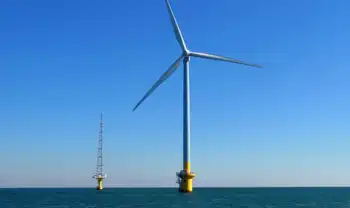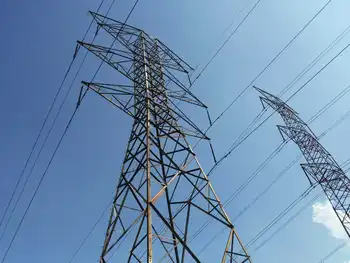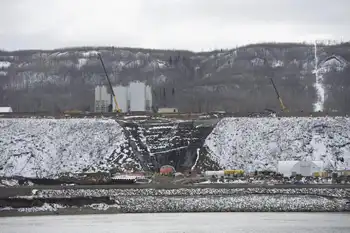Storms are coming — Do you know what to do?
A big cause of power outages during severe weather can be trees. Often when trees are planted too close to power lines, high winds and lightning can knock tree limbs and sometimes even whole trees into the lines, making the lines fall and causing a potentially dangerous situation.
Do you and your family know what to do if a downed power line crosses your path? Make sure your family stays safe by going over each of these tips with them:
• If you see a downed power line, leave the area and call 9-1-1. In addition to the downed line potentially being electrified, anything touching the power line, such as a tree branch, could also be electrified. Do not touch the power line or anything else touching it. It may not look dangerous, but it could still be energized and therefore possibly deadly. Keep pets, children and others away from the area, too.
• If a power line falls across your vehicle, call 9-1-1 and stay put until help arrives. Your tires provide important insulation from electric current. Stepping from your car could make you part of a complete electric circuit, resulting in electric shock or even death.
• Protect electronics and appliances by unplugging them or installing surge protectors.
• Keep an emergency kit handy with a flashlight, battery-powered or crank radio, bottled water and extra batteries if needed. Check out www.oncor.com/safety for a storm safety kit diagram.
• If your power goes out, don't assume the electric company knows. Call the outage number on your electric bill to report it.
• Exercise extreme caution if using candles during a power outage. Always keep candles away from flammable objects and never leave them burning unattended.
• If you need immediate, emergency help, call 9-1-1.
Remember, it’s not enough to just know these tips — you have to actually follow them, too.
Related News

Gaza electricity crisis:
GAZA - In Imad Shlayl’s electronics shop in Gaza City, the customers crowding his store are interested in only two products: LED lights and the batteries to power them.
In the already impoverished Gaza Strip, residents have learned to adapt to the fact that electricity is only available for between two and four hours a day.
But fresh anger was sparked when availability was cut further last month, at the request of the Palestinian president, Mahmoud Abbas, in an escalation of his conflict with Hamas, the Islamist group.
The shortages have defined how people live their lives: getting up in the middle of…





